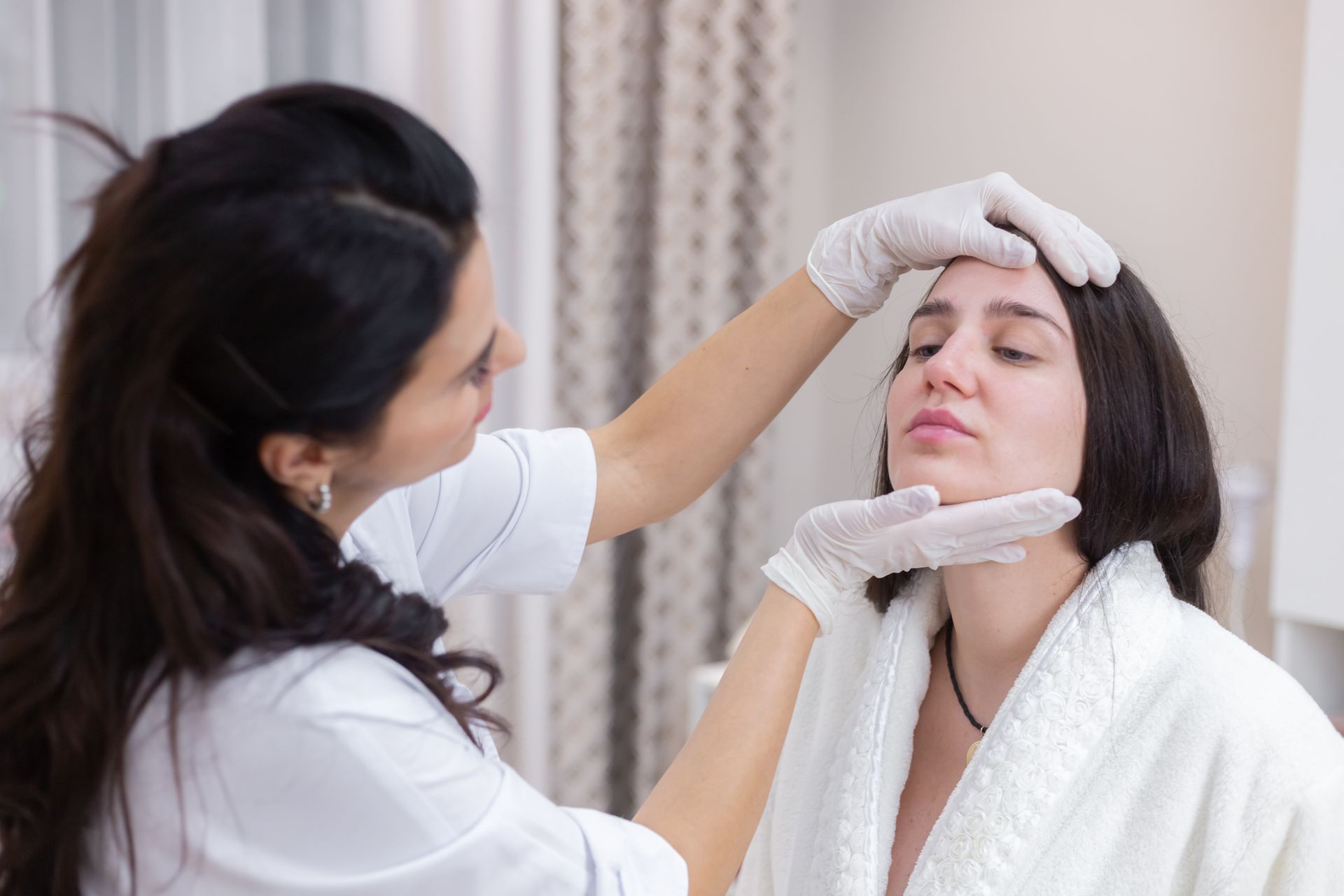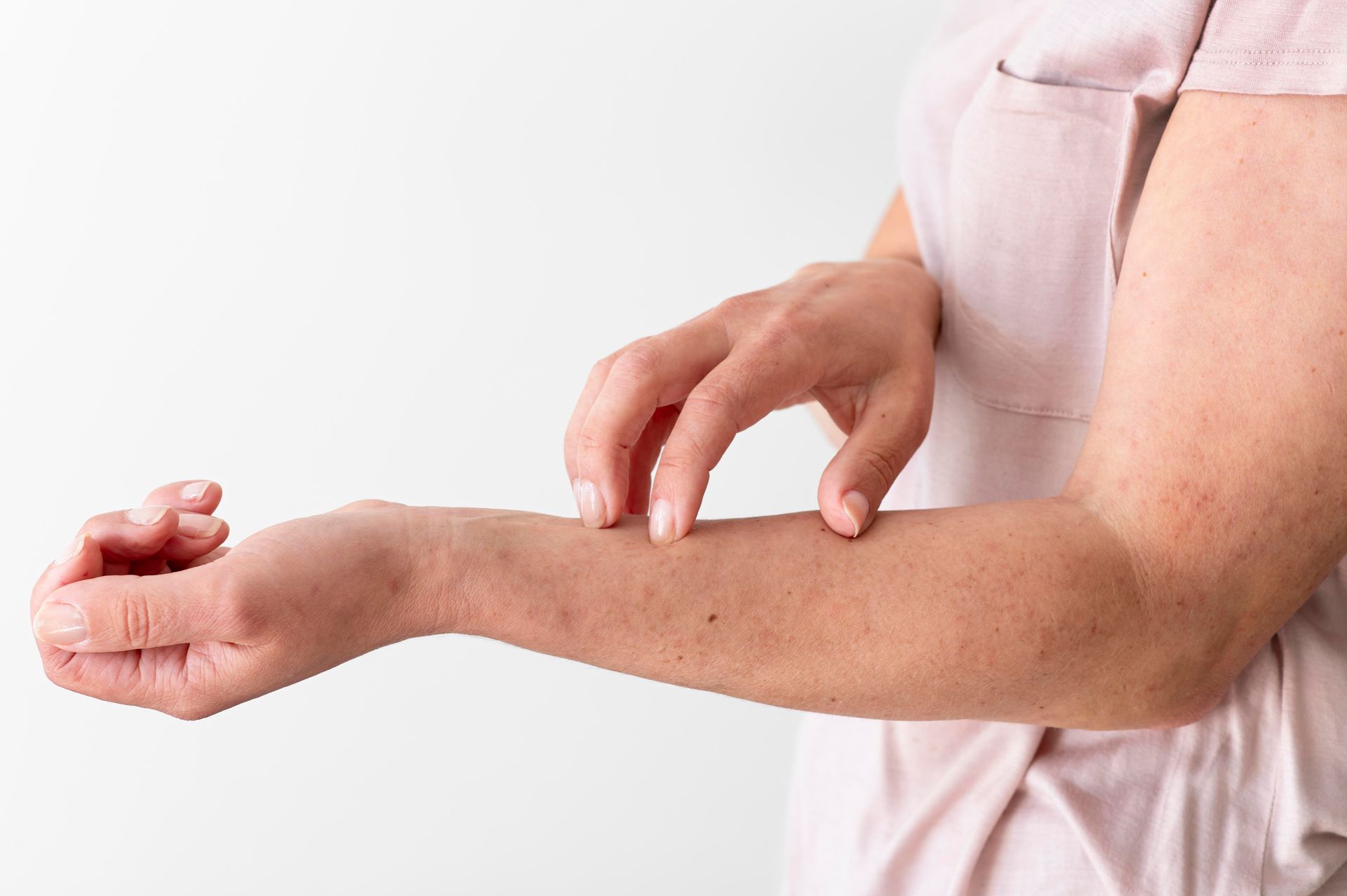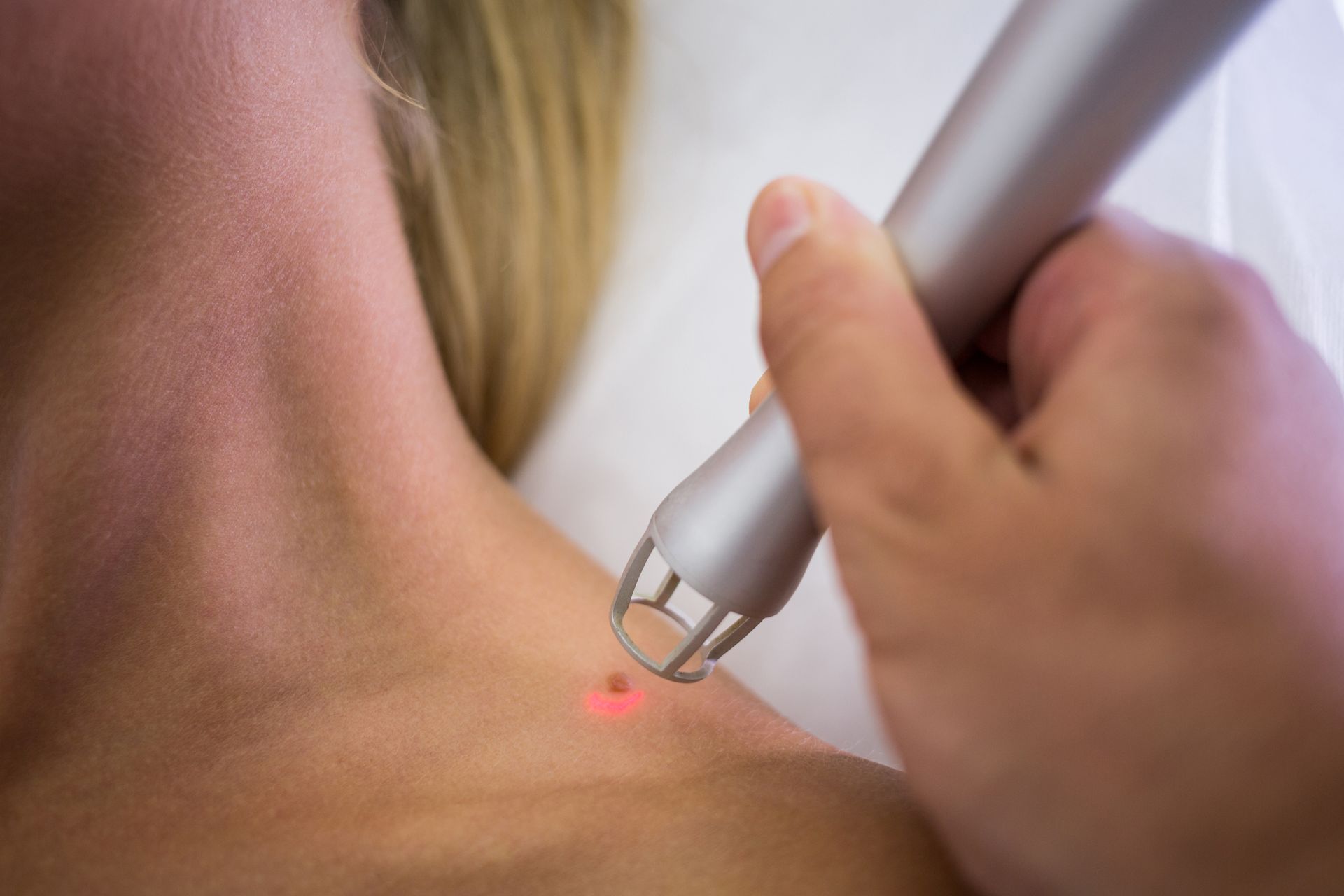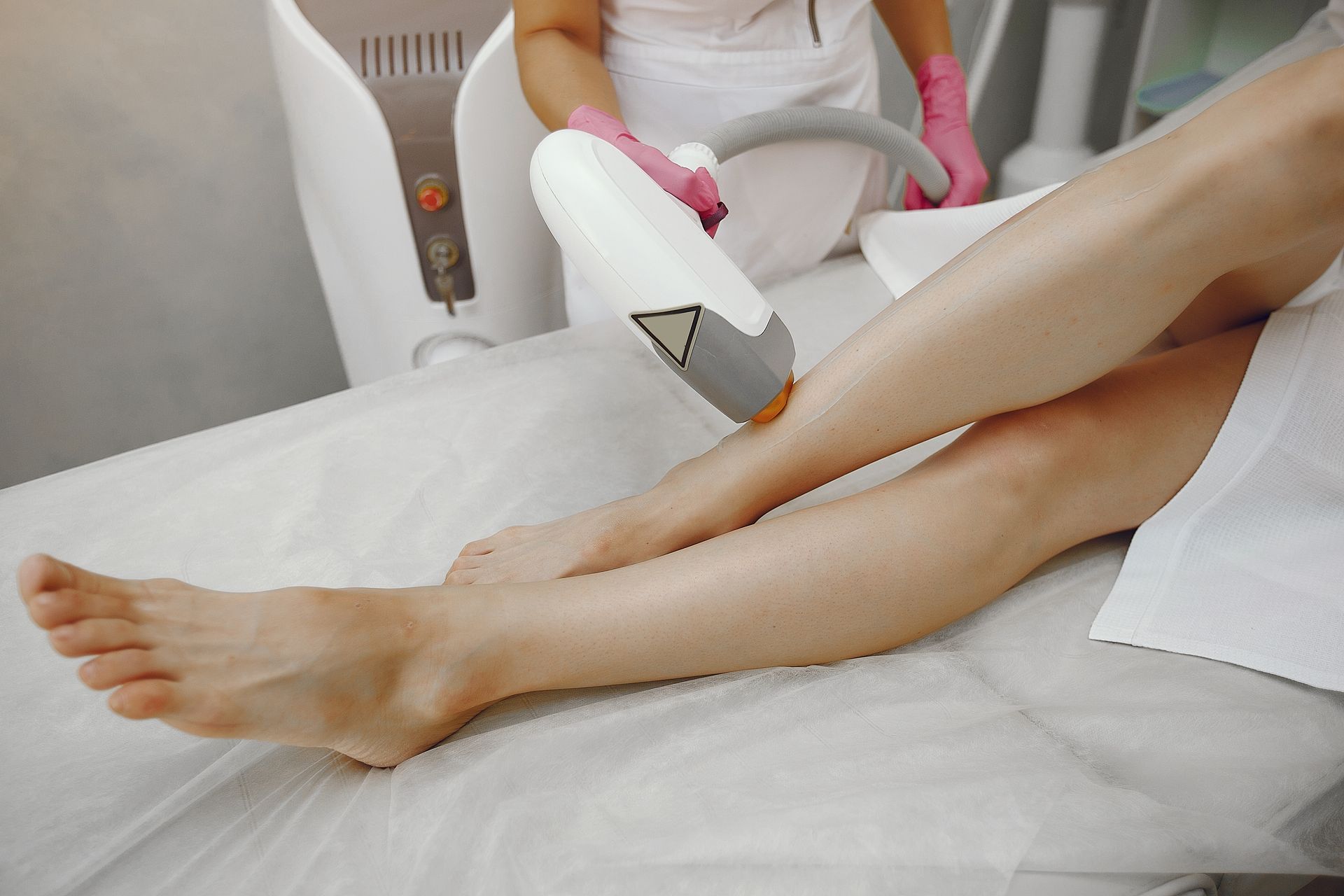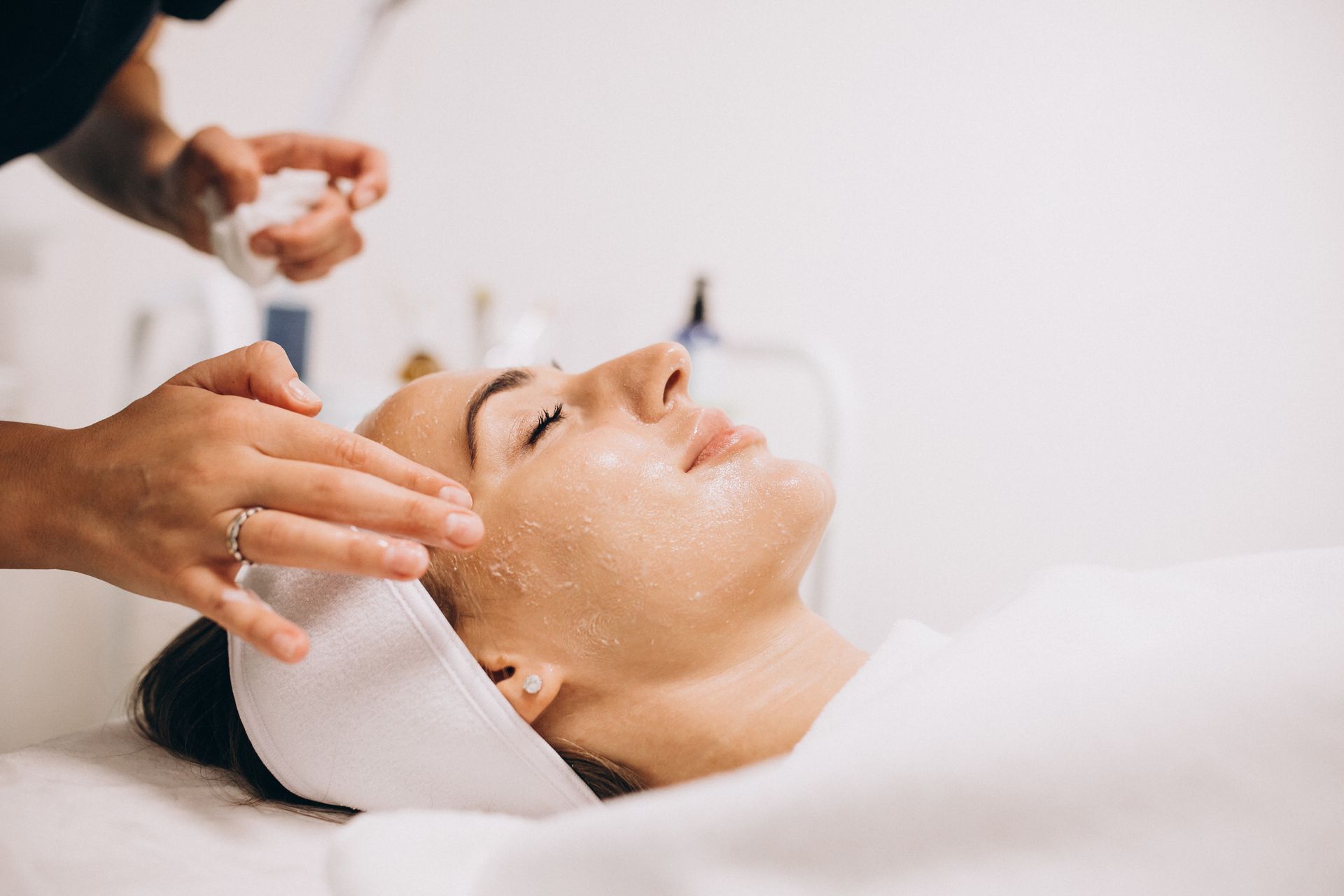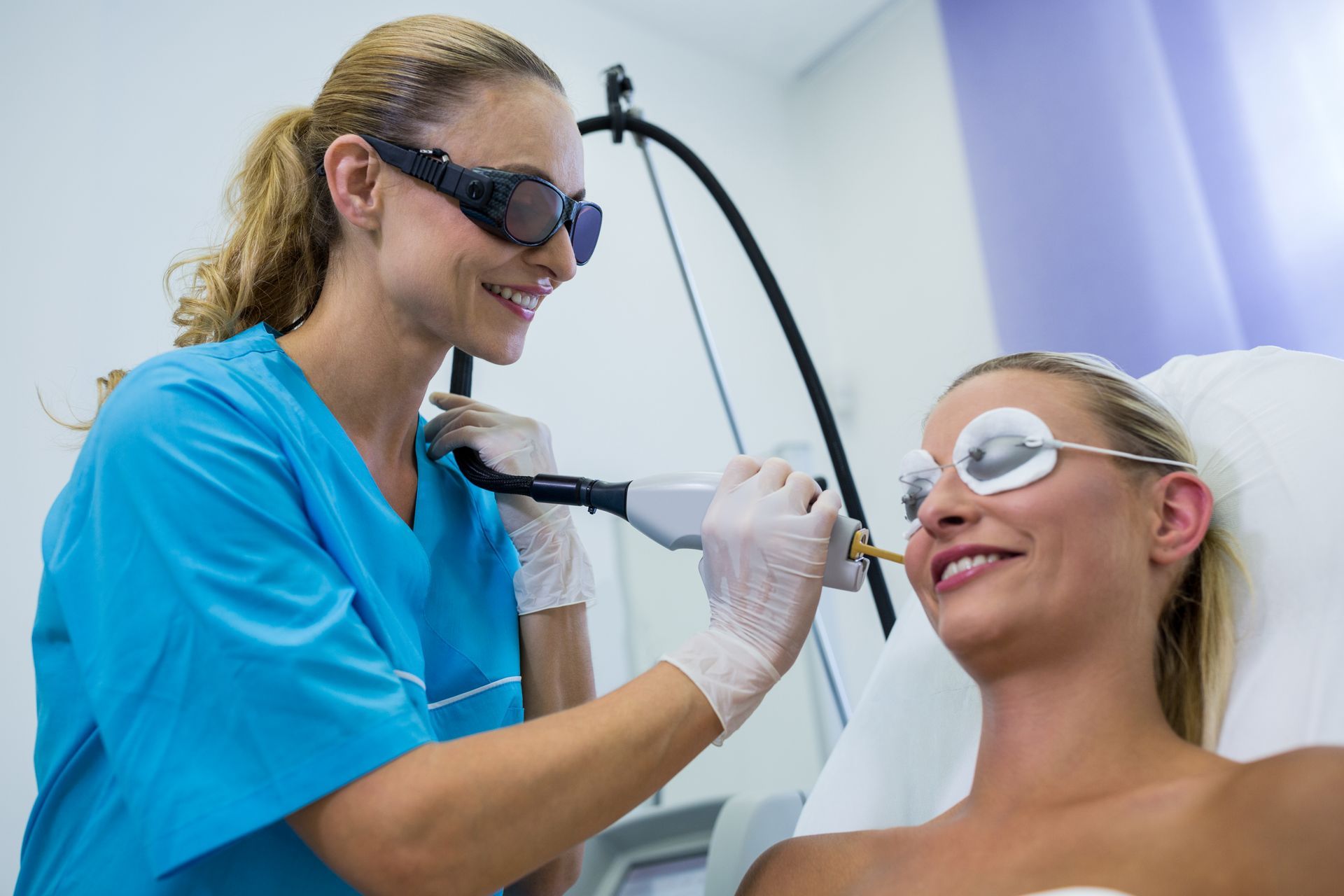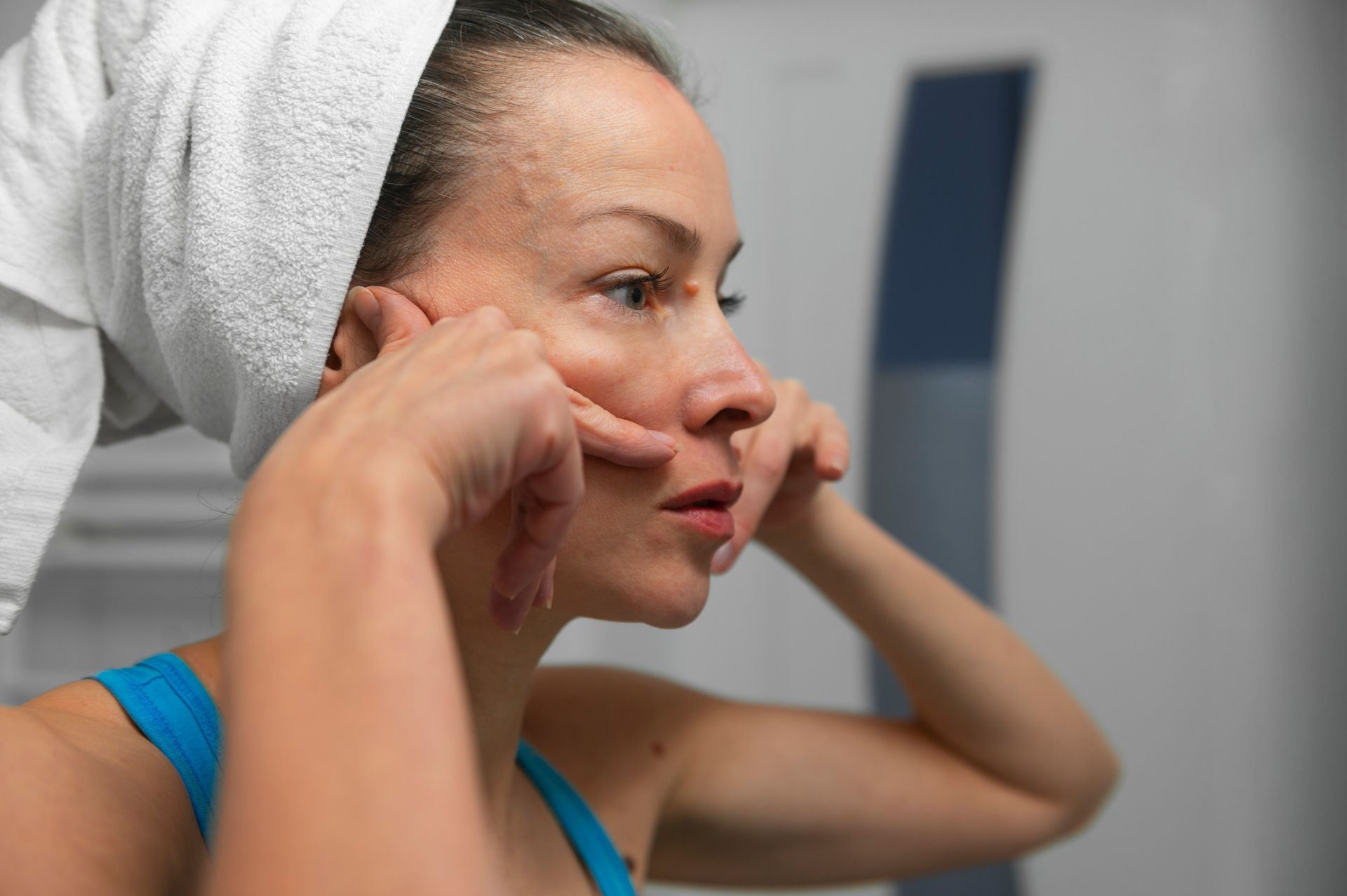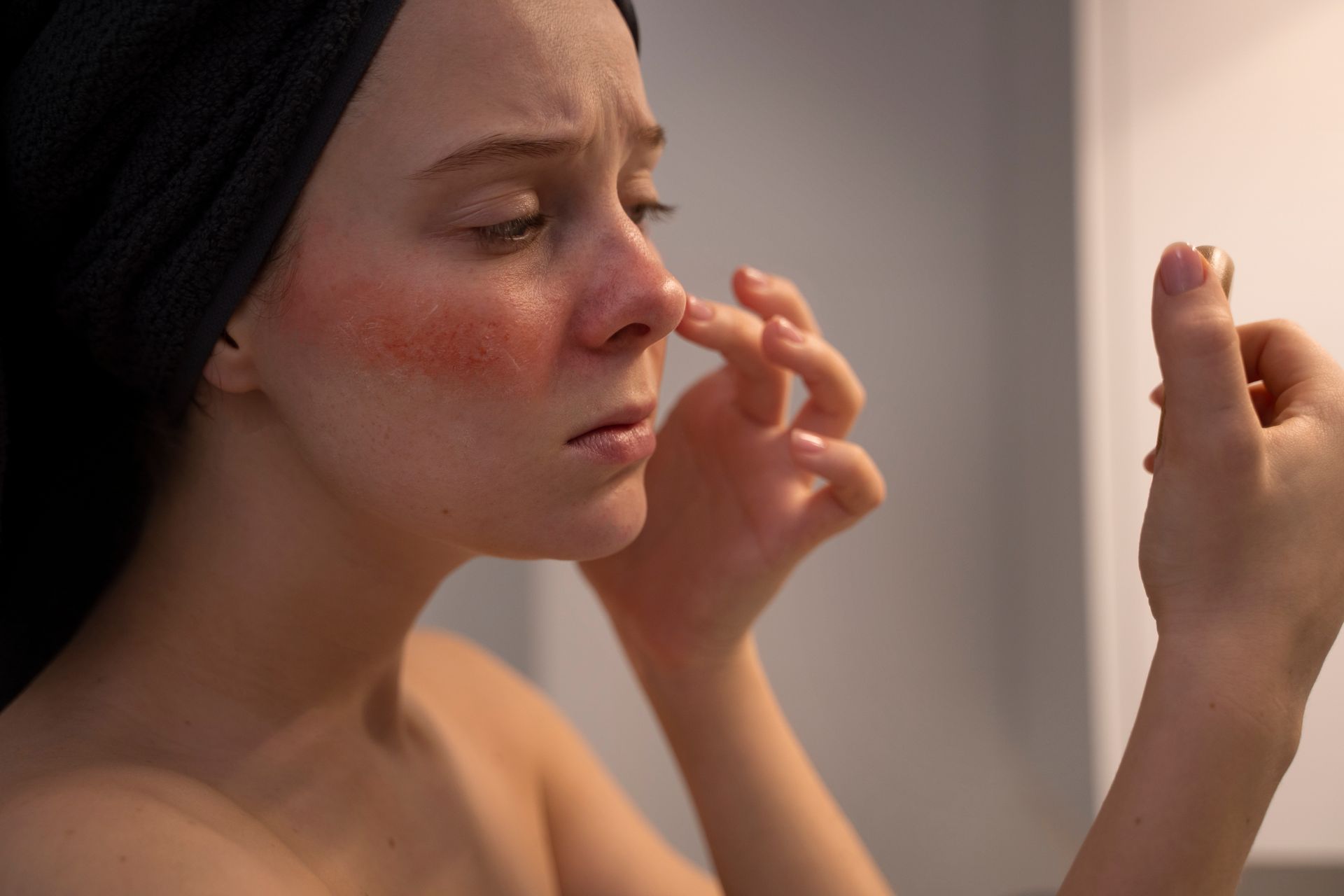Most Asked Questions About Facial Laser Hair Removal
Facial laser hair removal has become a popular choice for those seeking a long-term solution to unwanted facial hair. With advancements in technology, this procedure offers a safe and effective way to achieve smoother skin. However, many people have questions before undergoing the treatment. Here, we address the top 10 most asked questions on facial laser hair removal to help you make an informed decision.
1. How Does Facial Laser Hair Removal Work?
Facial laser hair removal works by targeting the pigment (melanin) in hair follicles with a concentrated beam of light. The light energy is absorbed by the melanin, which then converts to heat and damages the hair follicle. This damage inhibits or delays future hair growth, leading to a reduction in hair over time.
The treatment is effective primarily on dark, coarse hair, as the contrast between the hair color and skin tone allows the laser to target the follicles more accurately. Multiple sessions are usually required to achieve optimal results, as hair grows in cycles and the laser can only target active hair follicles.
2. Is Facial Laser Hair Removal Safe?
Yes, facial laser hair removal is generally considered safe when performed by a qualified and experienced professional. The lasers used in the procedure are FDA-approved and designed to selectively target hair follicles without damaging the surrounding skin.
However, like any cosmetic procedure, there are some risks involved, including temporary redness, swelling, and in rare cases, skin discoloration or burns. To minimize these risks, it’s essential to follow pre- and post-treatment care instructions provided by your practitioner.
3. Does Laser Hair Removal Work on All Skin Types?
Laser hair removal can be effective on a wide range of skin types, but its effectiveness can vary depending on the contrast between the skin and hair color. Traditionally, laser hair removal has been most effective on individuals with light skin and dark hair, as the laser can easily target the dark pigment in the hair.
Advances in technology, such as the development of Nd lasers, have made it possible to safely treat darker skin tones. However, individuals with very light hair or certain types of red, blonde, or gray hair may not respond as well to laser treatment, as there is less pigment for the laser to target.
4. How Many Sessions Are Required for Facial Laser Hair Removal?
The number of sessions required for facial laser hair removal varies depending on factors such as hair color, skin type, the area being treated, and the individual's hair growth cycle. On average, most people need between 6 to 8 sessions spaced about 4 to 6 weeks apart to achieve the desired results.
Hair grows in different stages—anagen (active growth), catagen (transitional), and telogen (resting). Laser hair removal is most effective during the anagen phase when the hair is actively growing. Since not all hairs are in this phase at the same time, multiple sessions are necessary to target all hair follicles effectively.
5. Is Facial Laser Hair Removal Procedure Painful?
The pain level experienced during facial laser hair removal varies from person to person. Many people describe the sensation as similar to a rubber band snapping against the skin, followed by a feeling of warmth. Some areas of the face, like the upper lip or chin, may be more sensitive than others.
Most modern laser devices come equipped with cooling mechanisms that help minimize discomfort during the procedure. Additionally, some practitioners may offer numbing creams to further reduce pain. Overall, the discomfort is generally tolerable, and the procedure is quick, with sessions lasting only a few minutes for small areas.
6. What Should I Do Before and After the Facial Laser Hair Removal Treatment?
Before your laser hair removal session, it’s important to avoid sun exposure and tanning, as tanned skin can increase the risk of side effects. You should also refrain from plucking, waxing, or using hair removal creams for at least four weeks before the treatment, as these methods remove the hair follicle, which is needed for the laser to be effective.
After the treatment, you may experience some redness or swelling, which usually subsides within a few hours. It’s crucial to avoid sun exposure and apply sunscreen to protect the treated area. Additionally, avoid hot showers, saunas, and intense workouts for 24 to 48 hours post-treatment to prevent irritation.
7. Are There Any Side Effects of Facial Laser Hair Removal?
Most side effects of facial laser hair removal are mild and temporary. Common side effects include redness, swelling, and slight discomfort immediately following the procedure. These symptoms typically resolve within a few hours to a couple of days.
In rare cases, more serious side effects can occur, such as blistering, burns, or changes in skin pigmentation (hyperpigmentation or hypopigmentation). These risks are higher for individuals with darker skin tones or those who do not follow pre- and post-treatment care instructions. Choosing an experienced practitioner can help minimize the risk of side effects.
8. How Long Do the Facial Laser Hair Removal Results Last?
Facial laser hair removal offers long-lasting results, but it’s not considered a permanent hair removal method. After completing the recommended series of sessions, most people experience a significant reduction in hair growth, with some areas becoming nearly hair-free.
Maintenance sessions may be needed every 6 to 12 months to keep the area smooth, especially if new hair growth occurs due to hormonal changes or other factors. The results vary from person to person, but many individuals find that the hair that does grow back is finer and lighter than before.
9. Can I Wear Makeup After Facial Laser Hair Removal Treatment?
It’s best to avoid wearing makeup immediately after a laser hair removal session, as the skin may be sensitive and more prone to irritation. If you must wear makeup, opt for non-comedogenic and hypoallergenic products to reduce the risk of clogging pores or causing a reaction.
After 24 hours, you can typically resume wearing makeup, but continue to avoid any harsh products or exfoliants for a few days to allow the skin to fully heal.
10. How Much Does Facial Laser Hair Removal Cost?
The cost of facial laser hair removal can vary depending on factors such as the size of the area being treated, the number of sessions required, and the geographic location of the clinic. On average, prices can range from $200 to $900 per session.
While the initial cost may seem high, many people consider it a worthwhile investment when compared to the ongoing expense and hassle of other hair removal methods like waxing, threading, or shaving. Some clinics also offer package deals or financing options to make the treatment more affordable.
Conclusion
Facial laser hair removal is a popular and effective method for reducing unwanted facial hair. By understanding how the procedure works, what to expect during and after treatment, and how to prepare for it, you can make an informed decision that best suits your needs. Whether you’re looking for smoother skin or a more permanent solution to facial hair, laser hair removal can be a valuable option to consider.
BOOK YOUR FREE SESSION
